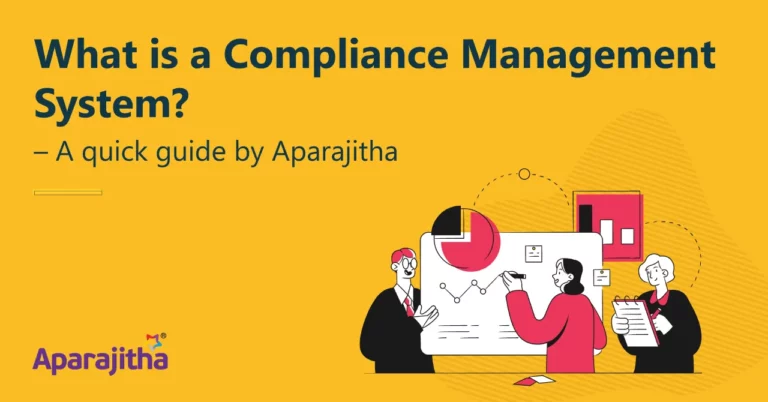India’s economic landscape is undergoing a transformative phase marked by significant legal and regulatory reforms, technological advancements, and a renewed global focus. Amidst these changes, the government continues to promote ease of doing business while ensuring employee welfare and growth. Labour laws occupy a critical role in this regulatory framework, providing businesses with both opportunities and challenges in maintaining compliance.
This article explores the emerging trends in labour law compliance and offers solutions to help organizations navigate the evolving regulatory environment with confidence.
Simplifying Compliance: Consolidation of Labour Laws
Recognizing the need for regulatory simplification, the Indian government consolidated 29 central labour laws into four comprehensive codes:
- Code on Wages, 2019
- Code on Social Security, 2020
- Industrial Relations Code, 2020
- Occupational Safety, Health, and Working Conditions Code, 2020
These codes aim to consolidate the compliances and regulations under different Labour Laws, without compromising on the welfare regulations. Additionally, these Codes also target the unorganized workforce and the workforce employed in unorganised sectors, which is nearly 90% of the workforce. However, as we await the implementation of these codes, the focus is now on the need for proactive preparation.
Key Changes Under the New Labour Codes
- Standardization of Wage Structures
The Code on Wages, 2019, consolidates four laws to establish a uniform wage structure. It introduces the concept of a floor wage, set by the central government based on regional living standards. This measure not only reduces wage disparity but also simplifies payroll management across industries. The Code on Wages further simplify with only one definition of “wages” which is applicable to all four laws, which is, Minimum Wages, Payment of Wages, Payment of Bonus and Equal Remuneration.
- Enhanced Industrial Relations Framework
The Industrial Relations Code, 2020, reshapes India’s labor dispute resolution mechanism. By balancing employer flexibility with worker rights, the code encourages a harmonious industrial environment, critical for attracting global investments. The Code aims at creating better working relations between the Employer and the Employee, by promoting better working conditions, balance between the bargaining powers and re-skilling employees.
- Inclusion of Gig and Platform Workers
The inclusion of gig and platform workers under the Code on Social Security, 2020, is a landmark step. Benefits such as health insurance, pensions, and maternity leave now extend to this growing segment, ensuring financial security in the rapidly expanding gig economy.
- Focus on Workplace Safety
The Occupational Safety, Health, and Working Conditions Code, 2020, prioritizes the well-being of workers, particularly migrant labourers. It mandates safer workplaces and better living conditions, aligning with international standards.
Challenges and Opportunities for Businesses
With these changes come new compliance requirements. Organizations must adapt quickly to remain compliant and competitive. The following are critical areas businesses need to address:
- Policy Revisions:
Organizations must assess the impact of the labour codes on HR policies, payroll structures, and operational procedures. For instance, businesses employing gig workers must now integrate social security benefits into their frameworks. - Technology Adoption:
Investing in advanced compliance management systems is no longer optional. Digital solutions enable real-time tracking of regulatory updates, automated task scheduling, and seamless record-keeping. - Training and Development:
Employees responsible for compliance must receive adequate training to understand and implement the new codes effectively. - Risk Mitigation:
Failure to comply can result in severe penalties, legal challenges, and reputational damage. A proactive approach to compliance helps mitigate these risks.
Future-Proofing Compliance Strategies
To adapt to the changing compliance landscape, businesses should focus on creating robust frameworks supported by technology and expertise. Below are actionable strategies:
- Invest in Digital Compliance Solutions
Labour law compliance software offers features such as:
- Real-Time Insights: Stay updated with regulatory changes as they occur.
- Knowledge Hub: A centralized repository of compliance knowledge providing access to all regulatory laws, and their industry-specific applications, updated with the latest amendments, and expert insights.
- Automated Updates: Auto-update due dates and compliance tasks to align with evolving regulations.
- Visibility for Top Management: Comprehensive dashboards offer real-time insights into compliance statuses, enabling informed decision-making at the leadership level.
- Branch-Wide Compliance Monitoring: Ensure 100% compliance across all branch offices with centralized tracking and reporting systems.
- Custom Reports: Generate tailored compliance reports to meet specific business and regulatory requirements.
- Facilitating Audits: Streamline audits with organized, easily accessible compliance data for quick verification and reporting.
By digitizing compliance processes, companies can achieve higher accuracy, reduce manual errors, and ensure consistent adherence to regulations.
- Upgrade Payroll and HR Systems
Compliance with labour laws often hinges on efficient payroll and HR management. Ensure your HR management systems, payroll software and payroll compliance processes are updated and capable of adapting to changes in labour laws.
Key aspects like minimum wage adjustments, overtime and leave calculations, and gratuity and benefits administration are critical for compliance and efficient workforce management.
An integrated approach ensures businesses are prepared to implement changes while reducing administrative burdens.
- Build a Culture of Compliance
Organizations must foster a culture where compliance is viewed as a shared responsibility. This involves:
- Regular training sessions for HR and compliance teams.
- Clear communication of regulatory updates across departments.
- Collaboration with legal and industry experts to interpret and implement changes.
- Allocate Budget for Compliance
Compliance should be viewed as a strategic investment rather than a cost. Allocating a dedicated budget for compliance ensures resources are available to invest in technology solutions like compliance management systems, labour law compliance services, employee training on regulatory updates, and enhanced internal processes for efficient handling of compliance tasks. This proactive approach helps avoid penalties, legal issues, and operational disruptions.
The Way Forward
The future of labour law compliance in India demands a forward-looking approach. Businesses must embrace the changes brought about by the new labour codes and view them as opportunities for growth and transformation. By investing in digital solutions, upgrading internal systems, and fostering a compliance-first culture, organizations can not only meet regulatory requirements but also build trust with stakeholders.
As India continues its journey towards becoming a global economic powerhouse, compliance will play a pivotal role in maintaining stability and fostering sustainable development. Organizations prepared to navigate this dynamic landscape will not only safeguard their operations but also unlock new avenues for success.







